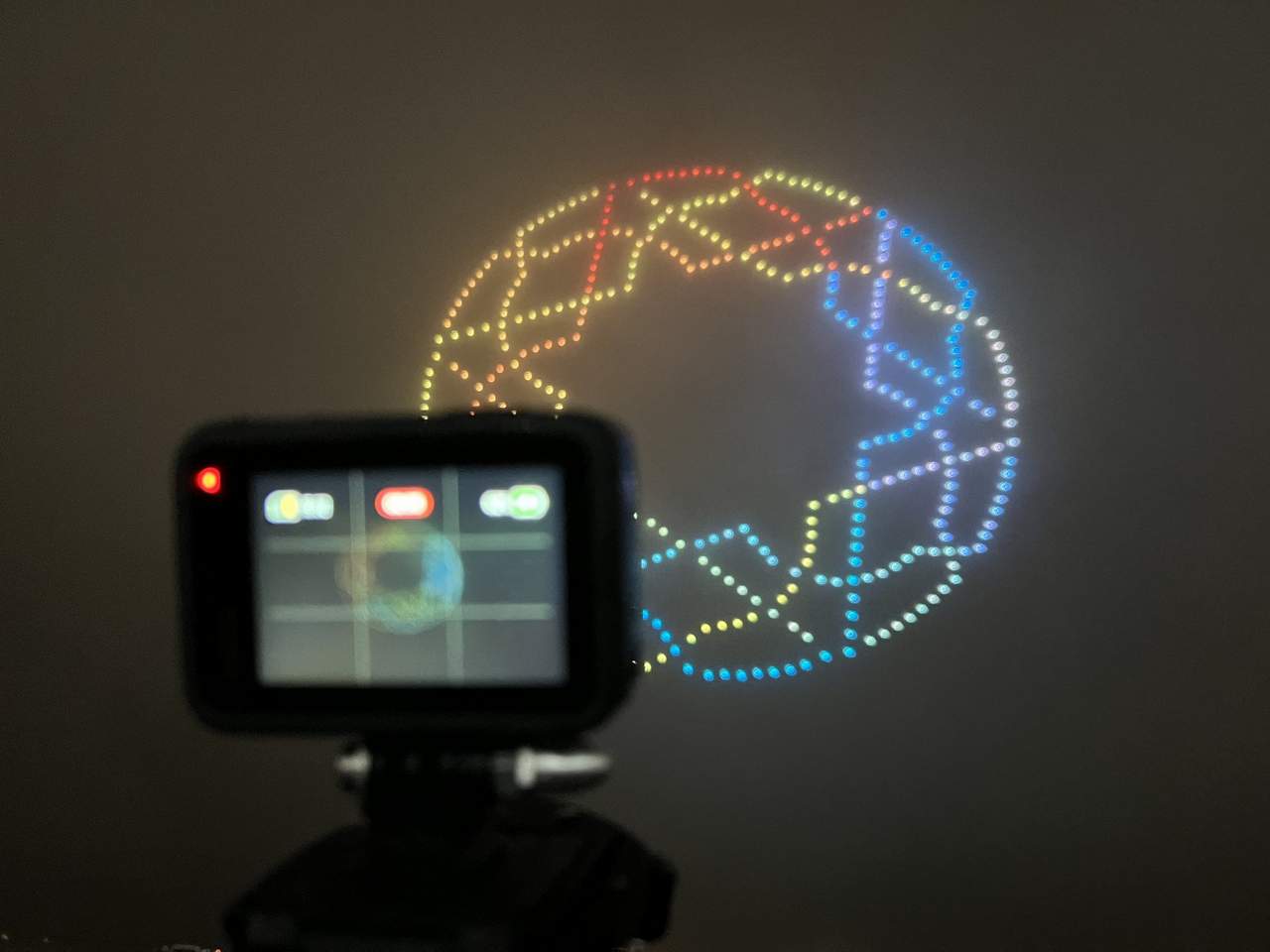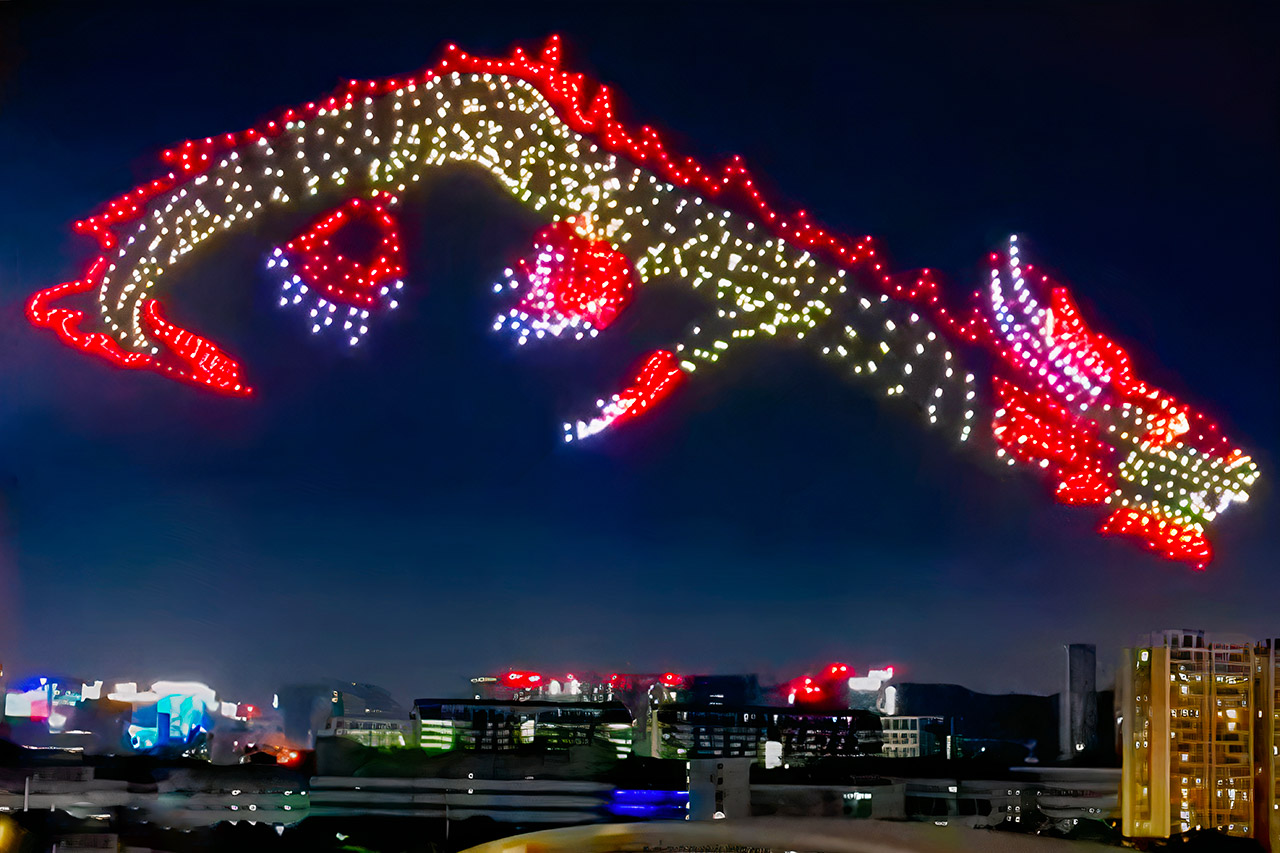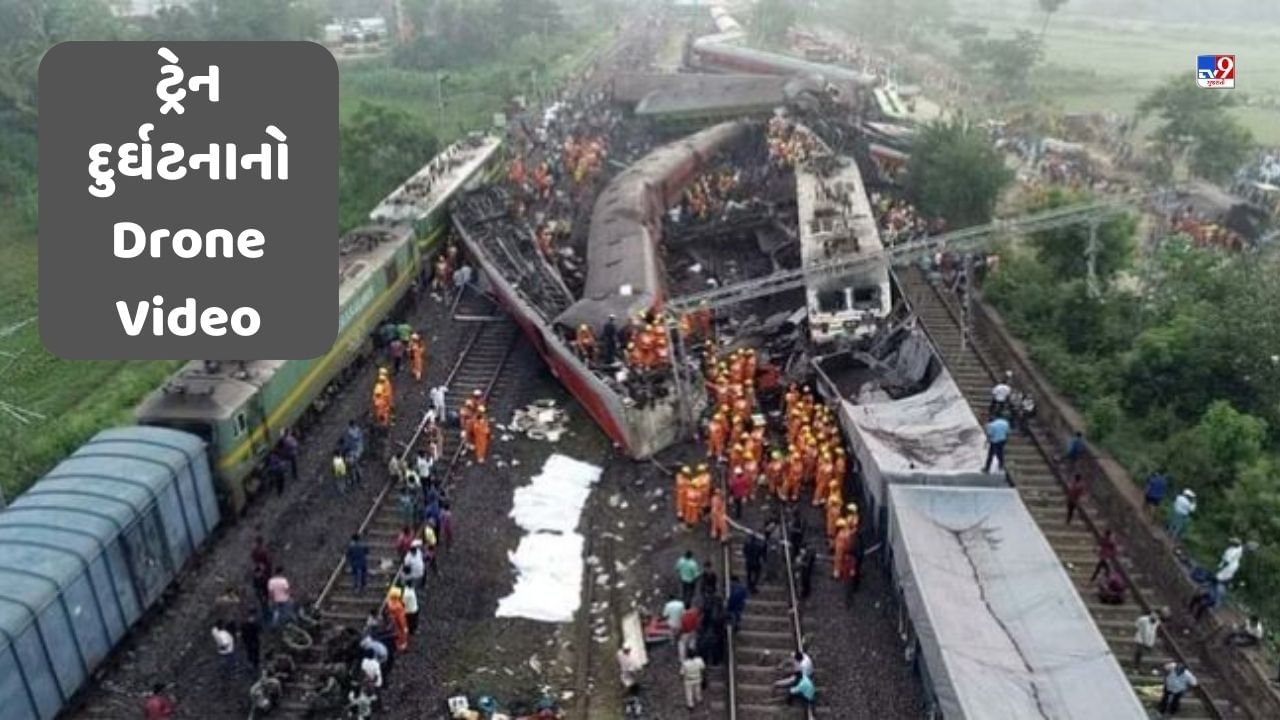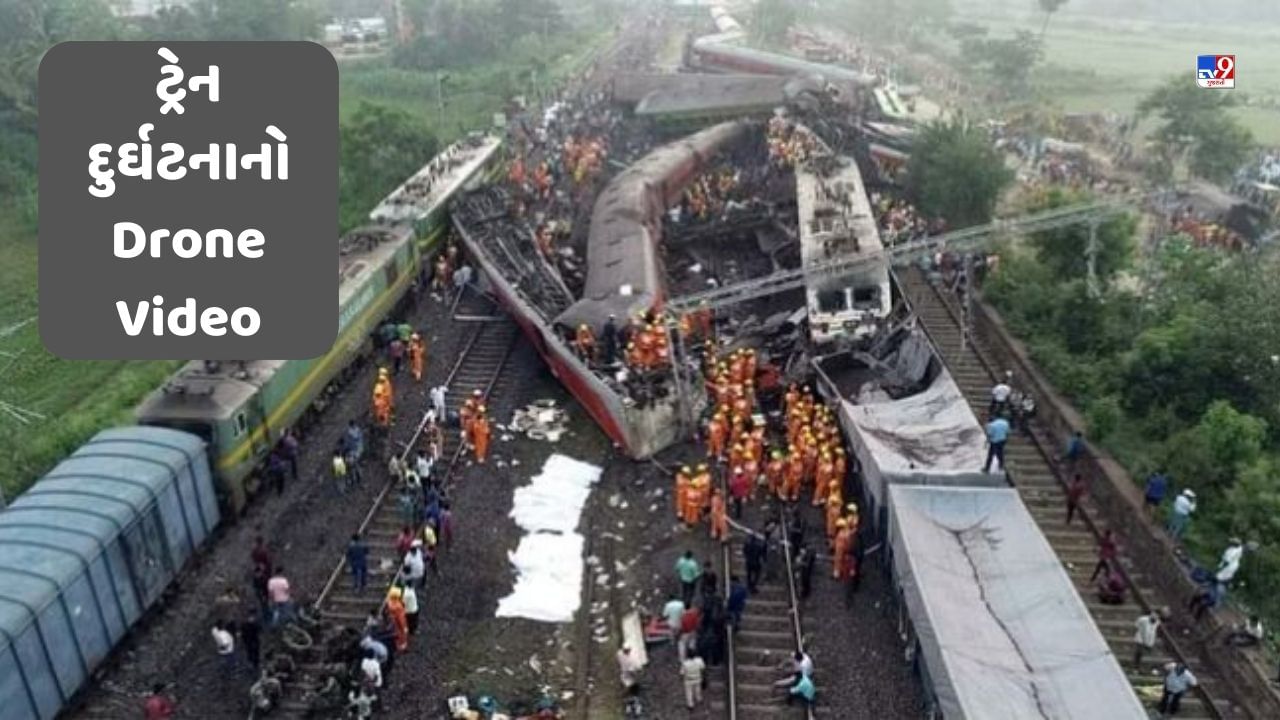Drone show accidents: These spectacular displays of light and technology can sometimes turn tragic. This guide delves into the causes, consequences, and prevention of these incidents, examining everything from technical malfunctions to human error and environmental factors. We’ll explore real-world examples, safety regulations, and future strategies to ensure these breathtaking shows remain safe and enjoyable for all.
From the intricate choreography of hundreds of drones to the potential for catastrophic failure, the world of drone shows presents a unique set of challenges. Understanding these risks is crucial for both organizers and spectators. This comprehensive guide aims to illuminate the complexities involved, offering insights into accident prevention and response.
Drone Show Accidents: A Comprehensive Overview
Drone light shows, while visually spectacular, carry inherent risks. Understanding the types of accidents, their causes, and effective prevention strategies is crucial for ensuring the safe and continued enjoyment of this emerging entertainment technology. This article provides a detailed examination of drone show accidents, covering various aspects from accident types and causes to safety measures and future prevention strategies.
Types of Drone Show Accidents
Drone show accidents can be broadly categorized based on the nature of the malfunction or incident. The frequency of each type varies depending on factors such as the size and complexity of the show, the experience of the operators, and the environmental conditions. Different drone types present unique challenges. Larger, heavier drones might experience more significant damage in a crash, while smaller drones might be more susceptible to wind gusts.
Battery life is also a critical factor; insufficient battery capacity can lead to mid-air failures. The following table provides a categorized overview.
| Manufacturer | Accident Type | Contributing Factors | Outcome |
|---|---|---|---|
| Example Manufacturer A | Mid-air collision | GPS signal loss, software glitch | Multiple drones damaged, show halted |
| Example Manufacturer B | Battery failure | Inadequate battery life, high power consumption | Single drone crash, minor property damage |
| Example Manufacturer C | Software malfunction | Unpatched software, communication error | Partial show disruption, some drones unresponsive |
| Example Manufacturer D | Mechanical failure | Propeller damage, motor malfunction | Single drone crash, no injuries |
Causes of Drone Show Accidents

Drone show accidents stem from a combination of technical, human, and environmental factors. Understanding these contributing elements is paramount in developing effective safety protocols.
Drone show accidents, sadly, aren’t unheard of. Sometimes, technical glitches cause a spectacular failure, like what happened in that crazy orlando drone show malfunction I saw online. It really highlights how important thorough testing and safety protocols are for these increasingly popular light shows to prevent future drone show accidents.
Technical Causes: GPS failure, software glitches, and mechanical malfunctions (motor failure, propeller damage) are prominent technical causes. These can lead to uncontrolled drone movements, collisions, and crashes.
Human Error: Pilot error, poor planning (inadequate risk assessment, insufficient redundancy), and inadequate safety protocols significantly contribute to accidents. Lack of proper training and experience can exacerbate these issues.
Environmental Factors: Adverse weather conditions (strong winds, rain, fog) and radio frequency interference can severely impact drone performance and lead to accidents. Environmental considerations must be thoroughly assessed before any drone show.
Flowchart Illustrating a Typical Drone Show Accident: A simplified flowchart would start with a triggering event (e.g., GPS failure), leading to a loss of control, resulting in a collision or crash, followed by the consequences (damage, injuries, show disruption).
Safety Measures and Regulations
Numerous safety regulations and guidelines aim to mitigate risks associated with drone shows. Adherence to these standards is vital for ensuring safe operations.
- Mandatory pre-flight checks and regular maintenance.
- Strict adherence to airspace regulations and obtaining necessary permits.
- Thorough risk assessment and mitigation strategies.
- Redundancy systems (backup drones, GPS systems).
- Collision avoidance technologies.
- Trained and experienced pilots.
- Emergency response plans.
Pre-flight checks are critical, encompassing thorough inspections of drones, batteries, and communication systems. Regular maintenance ensures the optimal functioning of all components.
Accident Response and Investigation

Effective accident response and investigation are essential for learning from past mistakes and preventing future incidents. A structured approach is vital.
Standard Procedures: Immediate securing of the accident site, first aid to any injured parties, and notification of relevant authorities are crucial initial steps. A thorough investigation should follow, meticulously documenting the scene, collecting evidence, and analyzing data.
Drone show accidents, sadly, aren’t uncommon. Sometimes, things go wrong, and you end up with a spectacular, albeit disastrous, light show malfunction. A recent example highlighting potential issues is this drone crash in Paris; check out the details here: drone crash paris. Understanding the causes of incidents like that is key to improving safety protocols for future drone shows and preventing similar accidents.
Step-by-Step Investigation Guide: Secure the site, gather evidence (drone wreckage, flight logs, witness statements), interview witnesses, analyze data logs, and determine the root cause.
| Stakeholder | Role and Responsibilities |
|---|---|
| Show Organizers | Overall responsibility, safety protocols, emergency response |
| Pilots | Safe operation of drones, adherence to protocols |
| Authorities | Investigation, enforcement of regulations |
Data logging and analysis are crucial in pinpointing the exact cause of the accident. Flight data recorders, GPS data, and communication logs provide invaluable insights.
Illustrative Examples of Drone Show Accidents
A significant drone show accident in [Location], involving [Number] drones, resulted in [Extent of damage] and [Impact on public perception]. The accident led to stricter regulations and improved safety protocols within the industry. The visual impact involved [Description of visual impact, e.g., falling drones creating a chaotic light display, debris scattering across the area].
Another accident in [Location] resulted in [Description of injuries or property damage]. The subsequent legal proceedings highlighted the importance of thorough risk assessment and the need for comprehensive insurance coverage.
Future Prevention Strategies

Continuous improvement in safety measures is paramount. This includes comprehensive safety checklists, innovative technologies, and the application of AI and machine learning.
Safety Checklist: A comprehensive checklist should include pre-flight inspections, weather checks, communication system checks, battery checks, emergency procedures, and post-flight reviews.
Drone show accidents, unfortunately, happen. They can range from minor malfunctions to more serious incidents. For a deeper dive into the causes and consequences, check out this informative article on a specific drone show accident which highlights safety protocols and potential improvements. Understanding these incidents helps us improve safety measures for future drone shows and prevent similar occurrences.
Innovative Technologies: Advanced collision avoidance systems, improved GPS technology, and more robust communication networks are crucial for enhanced safety. The use of AI and machine learning can aid in predictive maintenance and real-time risk assessment, anticipating potential problems before they occur.
Conclusion
Ultimately, preventing drone show accidents requires a multi-faceted approach. Stringent safety regulations, rigorous pre-flight checks, advanced technology, and a commitment to continuous improvement are all essential. By learning from past incidents and embracing innovation, we can strive towards a future where the awe-inspiring spectacle of drone shows remains free from the shadow of disaster. The safety of both participants and spectators should always be the top priority.
Questions Often Asked: Drone Show Accident
What is the most common type of drone show accident?
While data varies, GPS signal loss and subsequent collisions are frequently reported.
What happens if a drone malfunctions during a show?
Emergency protocols vary, but often involve immediate shutdown commands and potentially a controlled descent or emergency landing procedures. Depending on the severity, local authorities may be involved.
Who is responsible if a drone crashes and causes damage?
Liability depends on the cause of the accident. It could be the show organizer, the drone manufacturer, the pilot, or a combination of factors. Legal proceedings often determine responsibility.
Are drone shows insured?
Many show organizers obtain specialized liability insurance to cover potential damages or injuries resulting from accidents.
